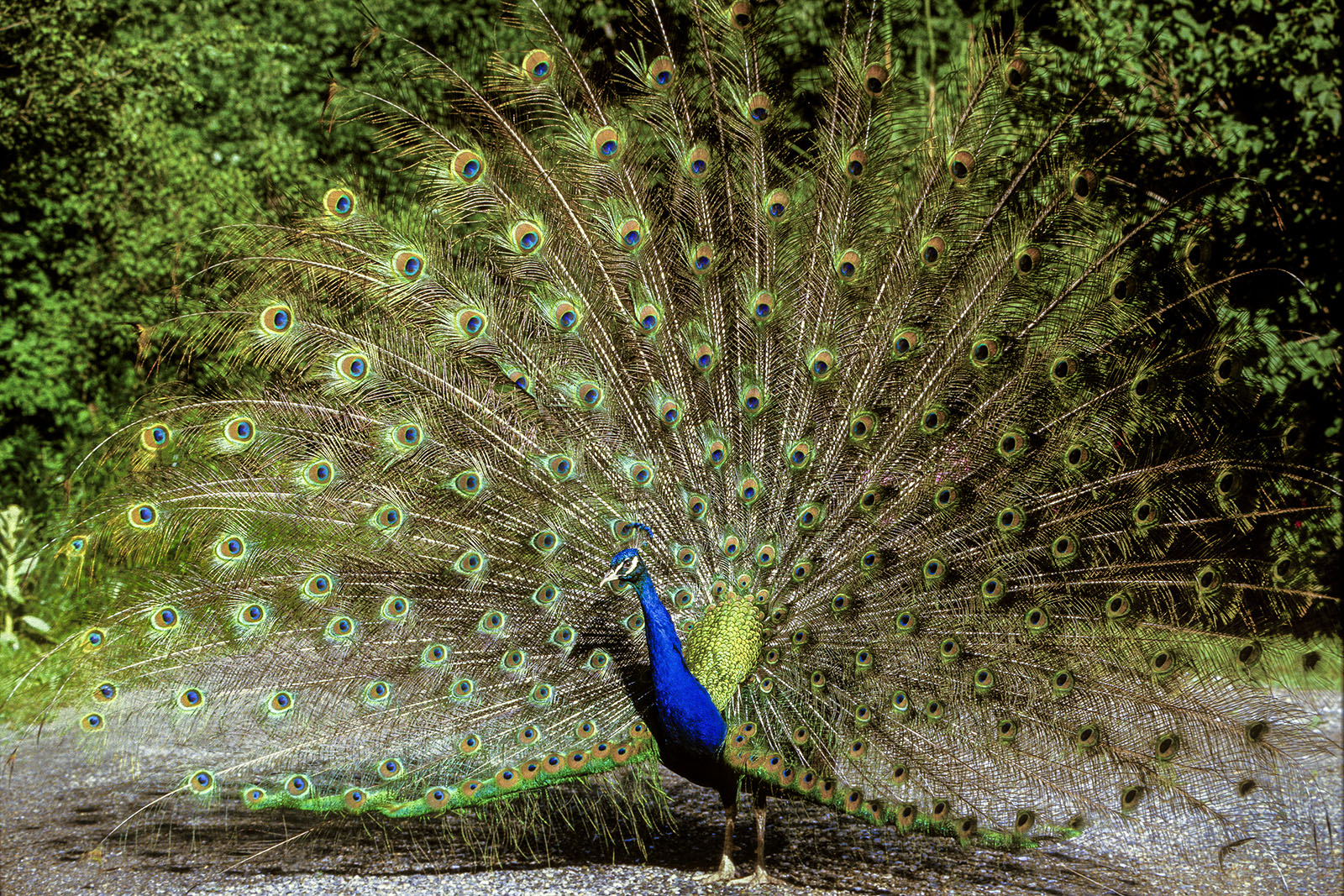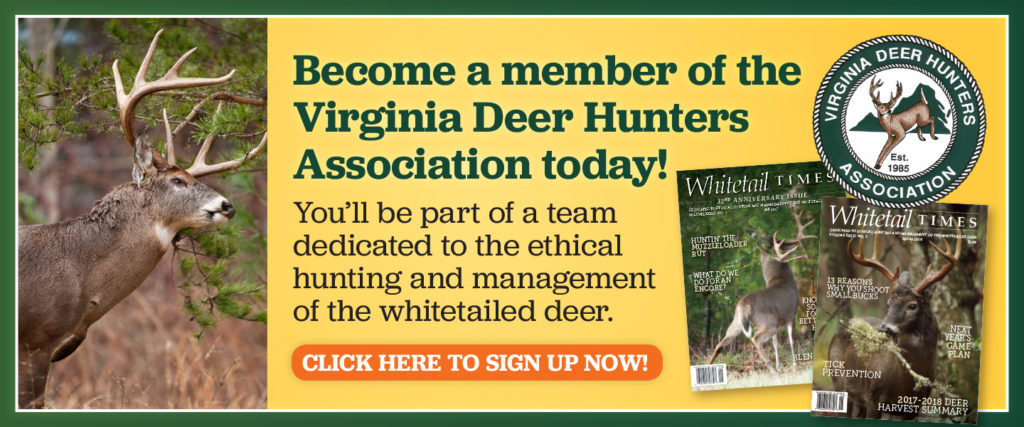By Dr. Leonard Lee Rue III for Whitetail Times
“Them as has, gits.” Stop and think about what I have just said. It’s an old country saying that proclaims one of the greatest pieces of wisdom in the world and the evidence of that is seen in all walks of life today.
When my folks bought the farm in 1935 that I grew up on, in northwestern New Jersey, there were many small subsistence farms in the area that produced just enough income that folks could make a living at that time. Many of those farmers had only a minimum of formal education but were endowed with good common sense. Unfortunately, in many instances, good common sense is not very common today. After World War II, most of the small farms disappeared as they didn’t have enough land to compete with the “big boys.” The same thing happened with the smaller “Mom and Pop” stores and businesses after the 1980s and 90s when through the internet big companies could go global. My small catalog company was buried by Amazon and they didn’t even know they did it. A part of my company’s income was selling books and Amazon was able to sell books for the price I had to pay to get my inventory. I bought by the dozen, while Amazon bought by the carload.
It is a fact that even newborn babies smile more readily at good looking people than at those of us who are average in appearance. You may have noticed a time or two that, most successful, wealthy businessmen and athletes will have beautiful looking wives. That type of sexual selection is also common in most types of wildlife.

A male peacock displaying for a female is probably one of the most extreme forms of sexual attractants that any creature can produce. Sexual selection is found with most wildlife species.
In mallard ducks, males with the most colorful yellow beaks are the ones the females want to breed with because the bill’s color tells the females that those males have the best genes. Ring-neck pheasant males with the largest red face patches are the most virile, and the females instinctively know that. With many of the small birds, amphibians and insects, females prefer the male that produces the loudest calls. For most of the more evolved creatures, the more conspicuous, flamboyant, stridulent, and odoriferous the male, the better physical the condition he is in. And the white-tailed does want to breed with the bucks that have the biggest antlers, and I’ll tell you how I first learned that.
In the 1970s, when I was planning to start up my own deer herd [in New Jersey for research purposes], my dear friend, Joe Taylor, gave me my very first doe, which was the tamest deer he had because she so willingly walked into the deer trap as soon as he had it set up. She was not about to let that batch of corn lay there for some other deer to eat. My very first buck was given to me by another friend, Ron Riccio, when he left Pennsylvania to go live out in Wyoming. Ron’s buck was a decent little eight-point buck, but my doe wanted nothing to do with him when breeding season was about to begin that November. I didn’t know anything about that until I went out one morning and found that my doe was gone from my pen. The fact that she was able to go was because I had mistakenly made my first pen out of hog wire fencing, wherein the strands of wire are not welded or bent into immovable sections. The doe had worked her head through the strands and kept moving the segments till she could squeeze her body through the opening and was gone. The little buck couldn’t get through the same hole because his antlers kept catching in the wire and thus, he had to stay behind.
Later that same afternoon, I stood with a couple of my friends looking down the lane going through my lower woodland and we were surprised to see my doe trotting up the lane heading back to her pen. After all, she had lived her entire life in captivity, and she considered my pen to be her “home.” We were even more surprised to see a beautiful, big 10-point buck following the doe up the lane. When the buck saw us, he stopped and turned and went back into the woodlands and away. Instantly, I knew why the doe wanted nothing to do with the little buck. She was being courted by the big buck that was on the outside of the fence, and all does instinctively want to be bred by the biggest buck available. Such intuitive knowledge has been built into the does over the thousands of years that “survival of the fittest” was being developed. The big buck couldn’t get through or over the wire to get to the doe, but he let her know that he was available by his presence on the outside of the fence.
Now I have written several times over the past years that the biggest buck seldom gets a chance to breed with more than six of the adult does, and only then because most of the does come into estrous over a period of about two weeks. Each doe can only be bred during a timeframe of about 30 consecutive hours. The dominant buck joins up with the pre-estrous doe to keep other bucks away from her so that he will be the one to breed her during her brief period of fertility. He will then stay with her for another 12 hours or so to prevent any other bucks from depositing their semen. Despite this latter precaution, it has been found that in about 25 percent of the birthing of twin fawns, they will be fraternal rather than identical because another buck, beside the dominant one, had also bred with the doe. In identical twins, the female’s fertilized egg splits and in fraternal twins, two eggs are fertilized. None of this could have been proven until DNA testing was made possible in 1988. That is evidence that the dominant buck did not stay with the doe as long after breeding her as he should have.
It is to prevent in-breeding that the does will drive their male offspring from their home area, at the very latest before the young bucks are 18 months old. That is also intuitive and important to the bucks, to be the best specimens that they can be.
*Editor’s Note: Dr. Rue held deer inside an enclosure legally for research purposes in New Jersey. Holding deer without a permit in Virginia is illegal.*
Dr. Leonard Lee Rue III published a regular column in Whitetail Times until his passing in November 2022 and his wife Uschi has given the magazine permission to publish his remaining lifework.
©Virginia Deer Hunters Association. For attribution information and reprint rights, contact Denny Quaiff, Executive Director, VDHA.



